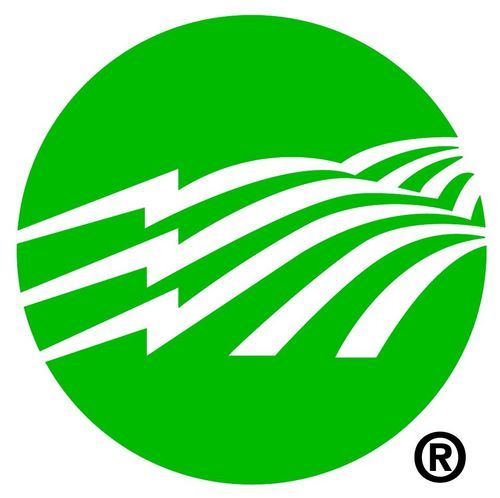LIHUE — The state Board of Land and Natural Resources on Friday unanimously approved Kauai Island Utility Cooperative’s request for an approval in principle of its plans for a pumped hydro energy storage project on the Westside. The approval gives
LIHUE — The state Board of Land and Natural Resources on Friday unanimously approved Kauai Island Utility Cooperative’s request for an approval in principle of its plans for a pumped hydro energy storage project on the Westside.
The approval gives KIUC access to the Pu’u Lua Reservoir in Kokee and state land to conduct feasibility work, including engineering and geotechnical studies, according to a KIUC press release.
While pumped storage is the most common form of energy storage in the world, the Kauai project would be the first of its kind in Hawaii.
The approval is also the first step in the process for KIUC to begin seeking various state authorizations, including Conservation District Use Permits. The project will require an environmental assessment as well as a separate lease agreement for the water it will use.
KIUC will also have to negotiate separate agreements with the state Agribusiness Development Corp. for the lease of land on the Mana Plain, where a lower storage pond would be built.
KIUC will work with water users and landowners below Pu’u Lua to help ensure that their irrigation and other needs are addressed. These include ADC, the Department of Hawaiian Home Lands, Kekaha Agricultural Association and others.
The project is designed to address the challenge of how to capture cheap and plentiful solar energy generated during the day, store it, then use it at night when demand for electricity is at its peak. Total cost of the project, which could be completed by 2019, is estimated at $55 million to $65 million.
The system will use Pu’u Lua as an upper storage pond connected by a five-mile-long buried steel pipeline to a lower pond. During the day, inexpensive solar power would be used to push the water from Mana up the Waimea Ridge to Pu’u Lua. At night, the water would be released, flowing downhill through the pipe to turn a turbine and generate electricity.
Pumped storage is different from a traditional hydroelectric project in that it will not remove any water from streams or ditches and requires no diversions. The water simply flows back and forth through the pipe.
Daily operation would not affect recreational use of Pu’u Lua, which is a popular fishing spot stocked by the DLNR. KIUC would pay for repairs and rehabilitation of the reservoir to potentially expand its recreational use.
The system would generate about 25 megawatts at night and would produce about 13 percent of the electricity used on Kauai.


